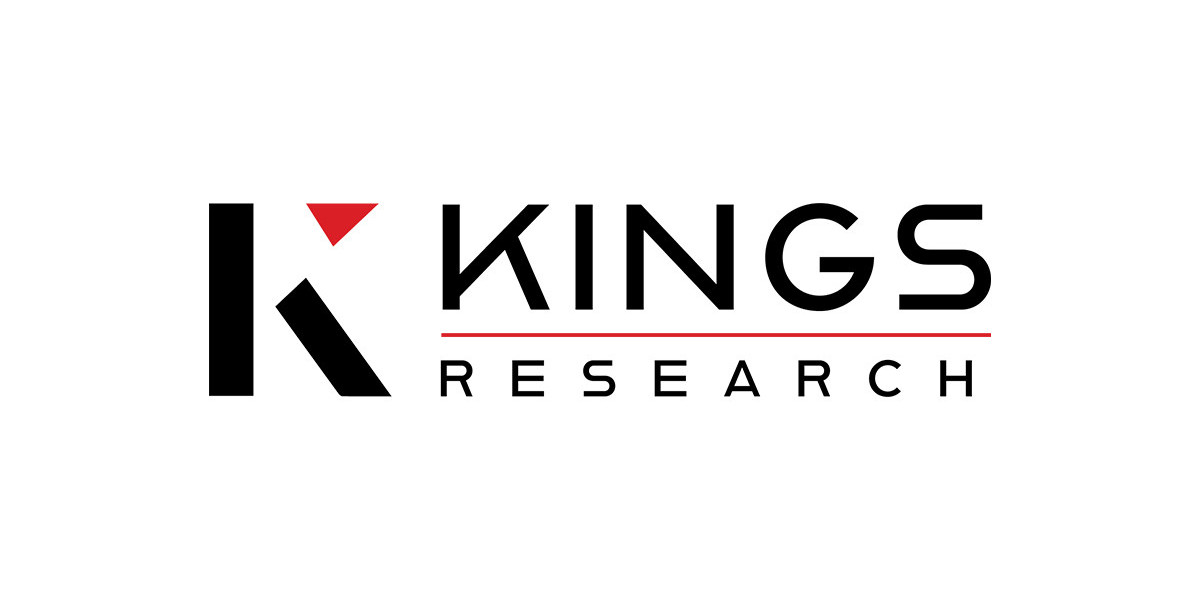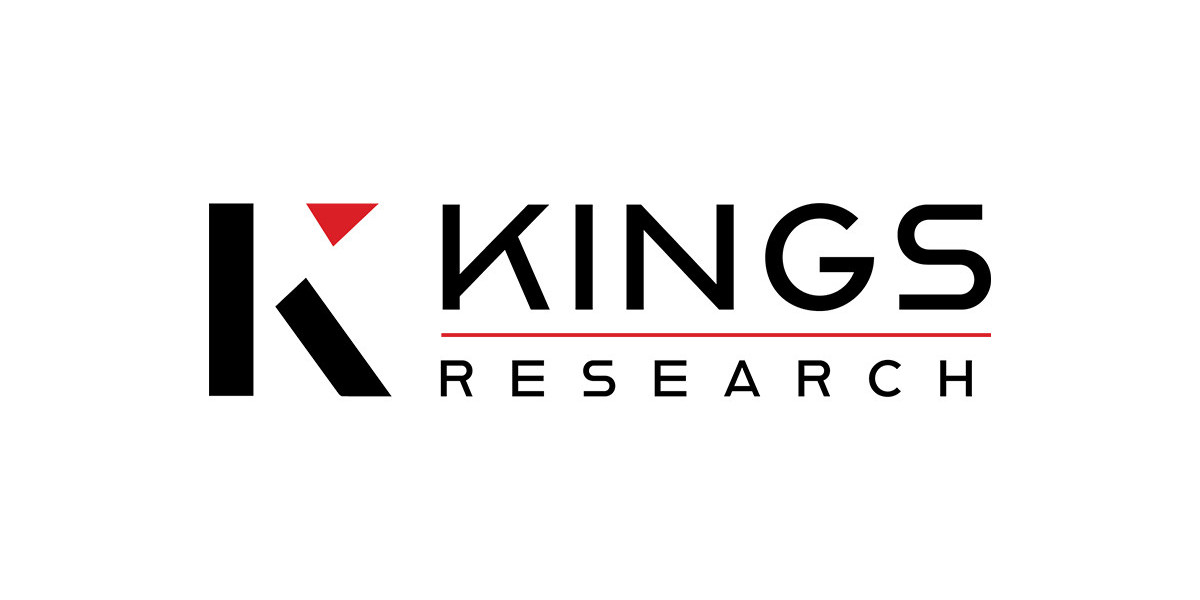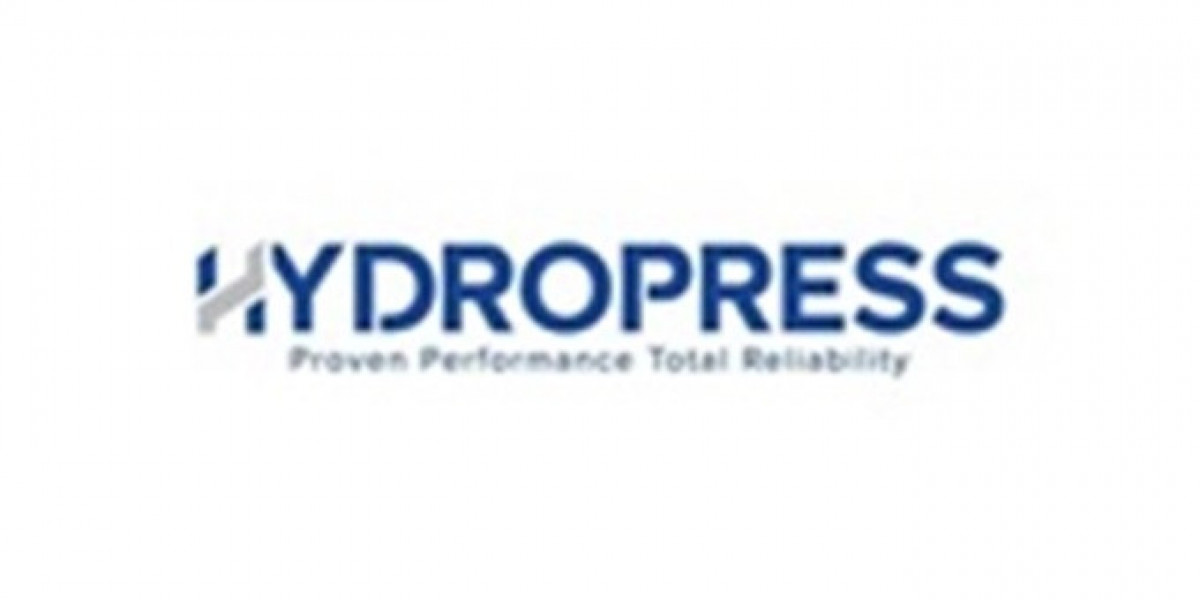In the world of construction and manufacturing, bonding materials play a crucial role in ensuring the strength and durability of structures and products. These materials are used to adhere surfaces together, providing stability and integrity to various applications.
What Are Bonding Materials?
Bonding materials are substances that create a bond between two or more surfaces. These materials can be classified into several categories based on their composition, application, and curing methods. Common types include adhesives, sealants, and structural bonding agents. Each type has its unique properties and uses, making it essential to select the right one for your specific needs.
Types of Bonding Materials
Here are some of the most commonly used bonding materials in various industries:
1. Adhesives
Adhesives are perhaps the most versatile type of bonding material. They can be used for a wide range of applications, from woodworking to automotive assembly. Common types of adhesives include:
- Epoxy: Known for its high strength and durability, epoxy is often used in structural applications where a strong bond is required.
- Polyurethane: This adhesive is flexible and resistant to moisture, making it ideal for outdoor applications and materials that experience expansion and contraction.
- Acrylic: Acrylic adhesives provide a quick bond and are often used in glass and plastic applications.
2. Sealants
Sealants are used to fill gaps and prevent the passage of air, water, or other substances. While they can also bond materials, their primary function is to seal joints and seams. Common sealants include:
- Silicone Sealants: These are flexible and resistant to temperature fluctuations, making them suitable for both indoor and outdoor applications.
- Polyurethane Sealants: Known for their durability and weather resistance, these sealants are often used in construction and automotive applications.
3. Structural Bonding Agents
These bonding materials are specifically designed for use in structural applications, where they must withstand significant loads and stresses. Some examples include:
- Structural Adhesives: Often used in construction, these adhesives bond materials like metal, concrete, and composites.
- Cement-Based Bonding Agents: Used in masonry and concrete applications, these agents enhance the adhesion of new concrete to existing surfaces.
Applications of Bonding Materials
Bonding materials are used across various industries and applications, including:
- Construction: In building projects, bonding materials are essential for adhering tiles, flooring, and fixtures.
- Automotive: In vehicle assembly, adhesives and sealants provide structural integrity and improve aerodynamics.
- Aerospace: High-performance bonding materials are crucial for manufacturing lightweight and durable aircraft components.
- Electronics: Adhesives are used to bond components in devices, ensuring they remain secure during operation.
Choosing the Right Bonding Material
Selecting the appropriate bonding material for your project depends on several factors:
- Material Compatibility: Ensure that the bonding material is compatible with the surfaces you are working with.
- Environmental Conditions: Consider the environmental factors, such as temperature, moisture, and exposure to chemicals, that the bonded materials will face.
- Strength Requirements: Assess the load and stress the bond will need to withstand.
- Curing Time: Different bonding materials have varying curing times, which can affect project timelines.
Conclusion
Bonding materials are integral to the construction and manufacturing industries, providing the strength and reliability necessary for various applications. By understanding the types of bonding materials available and their specific uses, you can make informed choices that enhance the quality and durability of your projects.









